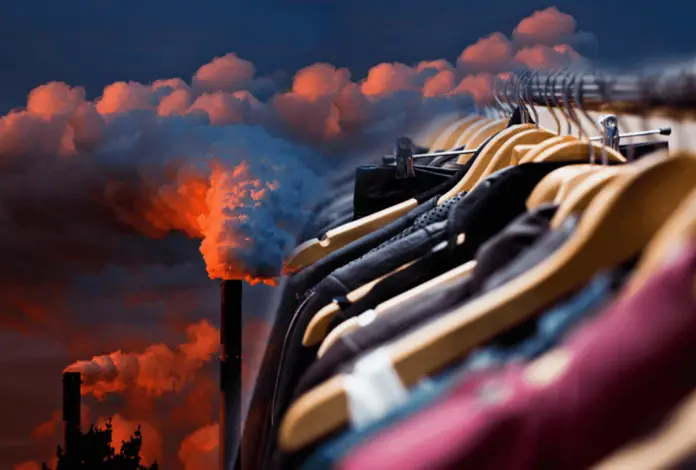How fashion contributes to global pollution is slowly becoming a topic of discussion in western media. In Pakistan, the idea of a fabric as a contributor to the environmental crisis is an alien concept and yet to be discussed.
We often talk about how burning fossil fuel, poisonous chemicals of factories or excessive plastic damage the environment but little do we know that every year, about 500,000 tons of microfibers are dunked into the ocean – the equivalent of 50 billion plastic bottles. Massive production of clothing pollutes air as well. Thus, we can say that fashion industry is no less harmful than plastic for environment. People in developed countries are buying more clothes than ever. Also, they are throwing away more clothes than ever.
In developed countries, people are buying more clothes and brands are dropping more collections than ever. These collections are featured in popular culture and are advertised on social media as well. Influencers and celebrities promote these collections and the consumers in advanced countries, who have access to more money as compared to us, immediately order these clothes.
They buy these clothes, click selfies, flex in their social circle and then get bored when something else in the market catches their attention. These leftover clothes which were bought a week back are either thrown away or donated. Every month, new trends are introduced, and the marketing is so strong that the consumer feels that their attire is outdated and needs to be replaced quickly.
So where is Pakistan in this? Well, developing countries like Pakistan are second home to these leftover clothes. Developed countries like USA, UK send their leftovers clothes to developing countries like Pakistan which are resold in thrift shops and flea markets at really cheap prices. A typical Zara coat that might cost 18,000 rupees with shipping and duty charges, is available in Rs1,500 at these places. Brands like H&M, ZARA, Gucci, Adidas make it to Pakistan in very cheaper prices and there are a large number of people to buy them.
However, dumping clothes into developing countries is still not a solution to the burden that developed countries cause. It is because the people in third world countries still have very limited resources to buy. Unlike their western counterparts, they do not buy clothes every week. They buy clothes seasonally, due to which a considerable amount of stock of thrift markets becomes useless.
In Pakistan, we have limited number of collections by brands due to the poor economic situation. People are having a hard time making both ends meet. Thus, buying clothes for no reason is currently not an option for working class Pakistanis. But the pattern of cloth hoarding is very popular among high class and the elites. Even the middle class with somewhat better incomes like to get their hands on the newest collection possible. How the new arrival of stock of various brands vanishes within a week indicates how much people like to update their attire; just to flex about wearing the trending stock.
In Pakistan, we also have a culture of not repeating the outfits which is a main contributor to this huge pile of wasted clothes. We make new clothes because we fear humiliation of wearing the same outfit. Many notable Pakistani actresses are now repeating the same outfits in different events and dramas to indicate that there is no big deal if we repeat clothes.
The other major factor is buying cheap stuff. Low quality clothes last for a very short period of time and are thrown away very early. In Pakistan, there are notable brands that sell average quality fabric expensively, which does not last for long. The fabric easily gets torn, the color fades after a few washes, thus making the consumer buy more clothes. Awareness needs to raised about fashion pollution in Pakistan. The government needs to review the amount of (junk) clothing we receive from the developed countries. Also, the fabric of all clothing brands needs to go through quality check procedures.
Meanwhile, we have to let go of the fear of constant social approval. It is ok not to shop every single time a brand releases a new collection. It is ok to wear the same dress again. If you hoard clothes, then donate them when you stop wearing them. Most importantly, buy good quality fabric that lasts longer. Our little initiatives can improve the environment drastically.







